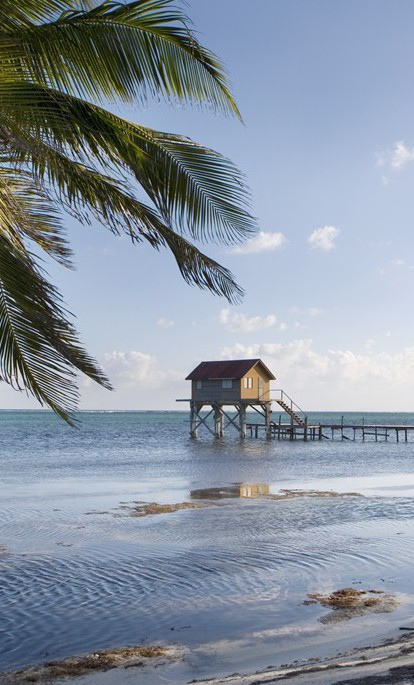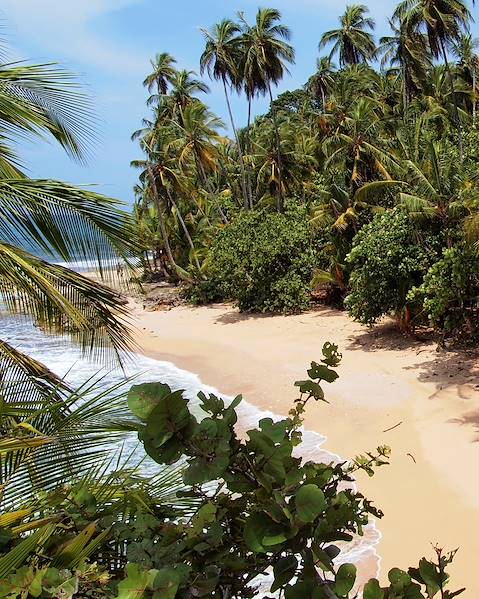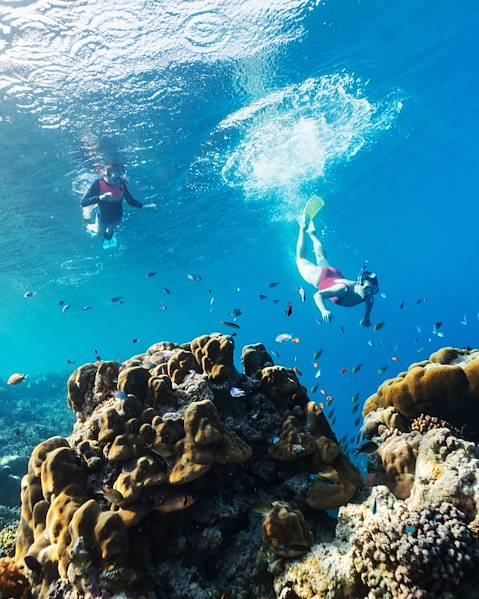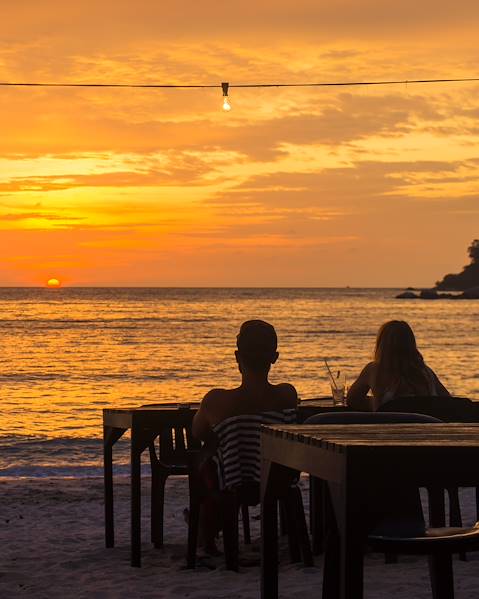Located south of Mexico, Belize sits between Guatemala and the Caribbean Sea and offers beaches, coral reefs, Mayan ruins and much more. The overall best time to visit Belize is during the dry season, from November to mid-April, when you’ll enjoy warm temperatures, clear skies and easy access to the country's top attractions. If snorkelling and diving are your primary plans, you’ll want to go when the water is clearest, from March through to June. Expect showers from June to mid-November and strong winds. If you don't mind packing an umbrella, visit in September and October, but bear in mind some places are closed off-season. Here’s all you need to know before deciding when to visit beautiful Belize.
January: Head North
January offers pleasant temperatures, and while it’s not uncommon to witness rainy spells (especially on the north and central coasts), the showers quickly make way for the sun, and there’s a fresh sea breeze. From Belize City, don't hesitate to head to Altun Ha, one of the country's most famous Mayan sites.
The interior of the country is mixed at this time of year. Mornings are foggy and cool, and afternoons are prone to rain. Avoid Orange Walk and the Cayo area, as the weather’s not conducive to outdoor activities. Generally speaking, the further south you go, the higher the risk of torrential rains.
February: Start Of The Tourist Season
In February, the rains give way to bright and hot spells. Even if the north coast still has its share of wet days, they are relatively few and far between. This is the ideal time to enjoy Bermudian Landing; less than an hour from the capital, this tiny village in the heart of the jungle is populated by howler monkeys. The south and central coasts are also worth considering as temperatures aren’t too oppressive, and the rainfall is lighter. Take it from us, avoid central Belize in February as it’s prone to rain and clouds.
March: The Good Weather Is Calling
The temperatures are even milder in March, so walkers can hike in comfort and stay dry. The downside is that the tourists flock to Belize in droves during this period, especially to the beach resorts.
On the north coast, it’s mostly sunny except for a few cloudy mornings while the central coast enjoys pleasant temperatures and less rainfall. We love the island of Caye Caulker; unlike its neighbour Ambergris Caye, it has retained the charm of yesteryear, cars are forbidden, and relaxation is highly recommended.
In the south, the heat is more intense due to the micro-climate, but you can still visit this region without hesitation, and the sun shines frequently inland despite the persistent rains.
April: The Heat Is In Full Swing
Temperatures in April can easily reach 35 degrees and are accompanied by a slight increase in humidity, especially on the south coast, where it can be very hot and stormy. Instead, head to the north coast where the weather is milder and mostly sunny and you can always take to the water if it gets too hot.
Inland, the heat can be oppressive. The high village of Blue Creek may offer a slightly cooler setting and the lovely views of the valley are a bonus.
May: The Wet Season Makes Its Debut
May is not the ideal time to travel to Belize as temperatures peak, along with the rain. Head for the central coast where the weather is milder, and lucky visitors can enjoy several sunny days in a row. If the sun is smiling, take the time to explore Belize's Barrier Reef, which is the second largest in the world.
Visiting the other coastal regions and inland is not advised at this time of year, because they are plagued by torrential rains.
June: Hot And Humid
Belize is generally very hot and humid in June, but on the northern coast the showers are short-lived with frequent bright spells. The south and central coast are subject to heavier rainfall, so they are not ideal for outdoor activities. Consider visiting the indoor sights in Belize City such as the House of Culture or the Belize Museum, a former prison converted into a national museum.
July: Things Are Improving
Although the rain rages in July, some areas are more conducive to visits. Head for the south coast where sunny days are frequent. It’s hot but you can wander without worrying about getting wet. This is a perfect opportunity to visit the charming fishing village of Placencia, with its interesting mix of Garifuna, Creoles, Mennonites and Mayan descendants. There’s just one rule to note: locals walk barefoot in the village as well as by the sea. The rest of the coastline, meanwhile

















